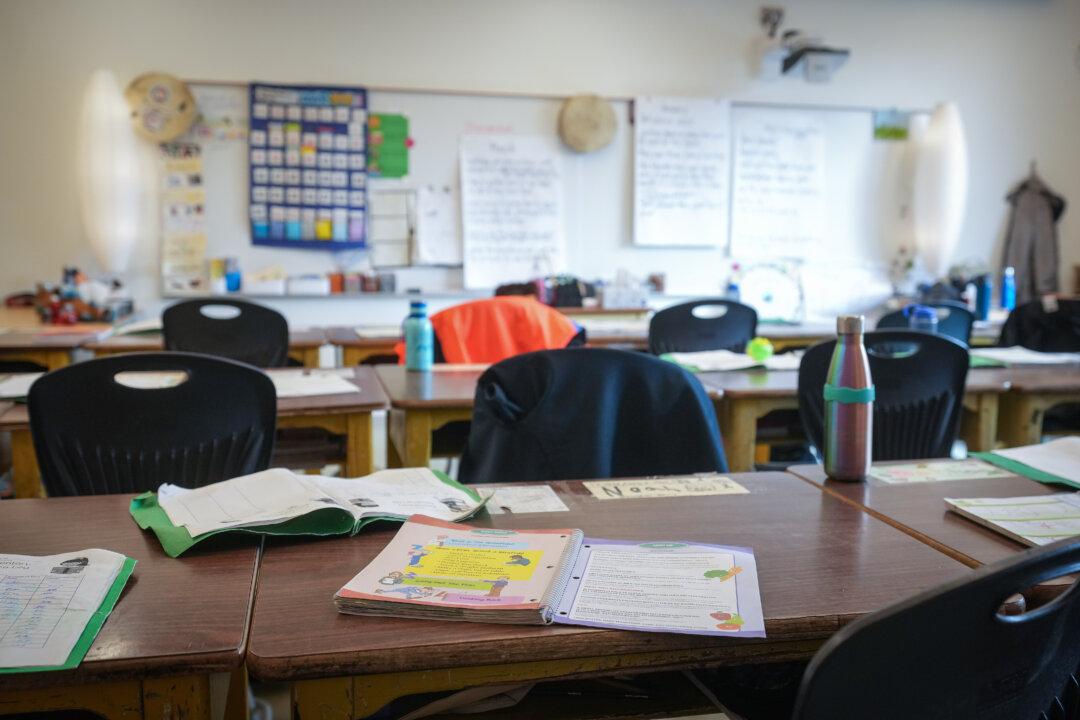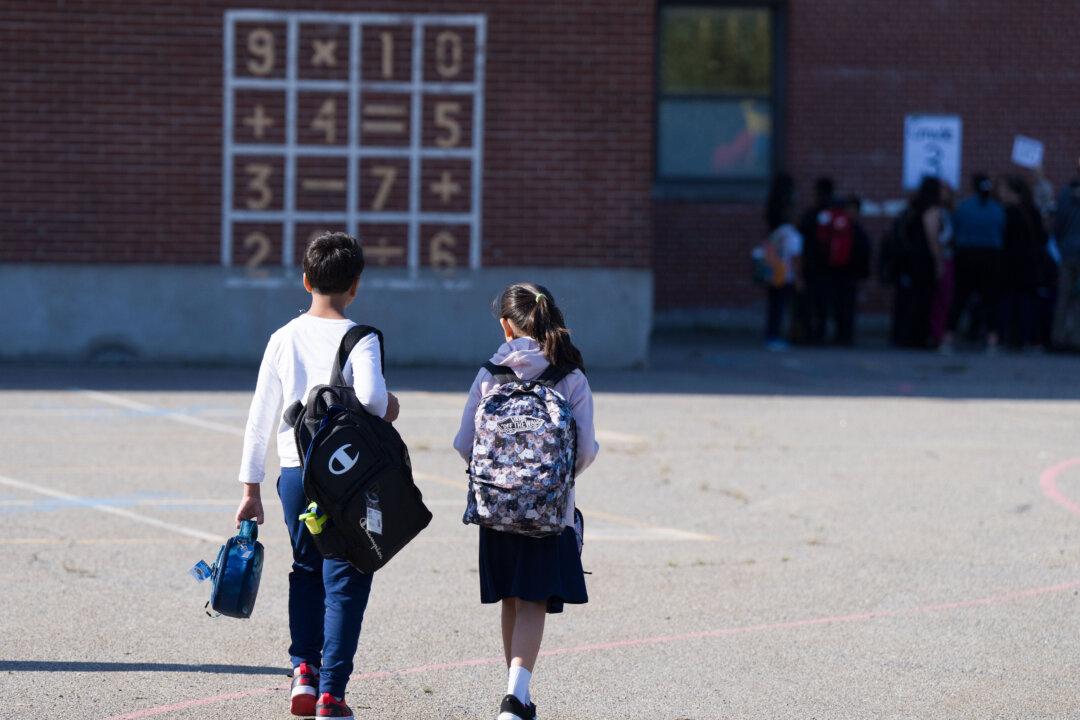The Ontario government recently announced that all school boards will be required to provide a remote learning option for students during the entire 2021–22 school year. In making this announcement, Education Minister Stephen Lecce claimed that he was providing this choice in response to parental demand.
Whether or not some parents want remote learning, this announcement has all the hallmarks of a hastily made decision. In fact, it will cause more problems than it solves.
For example, this announcement assumes that a remote learning option will still be needed for the upcoming school year. This assumption is unwarranted, particularly since the majority of Ontario residents will likely be immunized before the beginning of September. Once we have most people vaccinated, there will no longer be a need for public health restrictions.
Thus, requiring school boards to provide remote learning options for the entire school year is an unnecessary expense that diverts resources from more important things. Given that schools will be dealing with the very real problem of learning loss resulting from the closure of schools, it makes far more sense for school boards to focus on in-person learning. Simply put, students learn more and better when they are with their teachers.
The Ontario government also has a poor track record on the education file. For example, before the pandemic began, the government tried to force all high school students to complete four mandatory e-learning courses. No evidence was presented that this policy would improve student learning. By all accounts, this initiative had more to do with ideology than with education.
Due to public backlash, the Ontario government backed down—partially—from its position, reducing the e-learning requirement to two courses and allowing parents to opt their children out. Unfortunately, forcing all school boards to provide a remote learning option looks like a backdoor method of getting more students to enrol in e-learning courses.
However, pushing remote learning on school boards will not lead to improved student achievement. In fact, it will likely do significant damage to Ontario’s education system.
That’s because students spend too much time already looking at computer screens. Research is clear that when it comes to improving student achievement, the most important factors are strong competent teachers and equally strong teacher-student relationships. This takes place in classrooms, not at home on computer screens.
That being said, if the Ontario government is determined to make remote learning available to all students, then it should at least do it well. Instead of downloading this responsibility onto each school board, remote learning should be provided by the province.
As an example, Manitoba recently created a provincial remote learning support centre that employs about 100 educators. By emulating this approach, students in Ontario who actually need remote learning would be assured that they were receiving an acceptable standard of education. At present, school board resources are stretched too thinly, and boards cannot be expected to develop their own unique remote learning programs.
The advantage of the Manitoba approach is that it doesn’t download the responsibility onto each school board. If the Ontario government really thinks that remote learning is necessary, the least it can do is provide the service itself.
Even so, one thing that virtually everyone will agree on is that, so far, remote learning has been a disaster in Ontario. Student access to required technology is inconsistent, teachers are inadequately trained, and the curriculum is not well-designed for remote learning. Add to this the stress on both teachers and students of switching back and forth between in-person and remote learning platforms and we have an education system that’s stretched to the brink of collapse.
While some politicians probably think that remote learning is the way of the future, this pandemic has shown us, beyond a doubt, that in-person classroom learning is much better for students. This is particularly true for younger students. Trying to teach a Grade 1 student how to read during a Zoom session is a fool’s errand. It makes far more sense for students to learn this skill in a classroom with their teachers.
Now is the time for the Ontario government to do some proper educational planning. Provide remote learning centrally if this platform needs to be provided, and let school boards focus on in-person teaching and learning. That would be a much more sensible and less costly approach.





